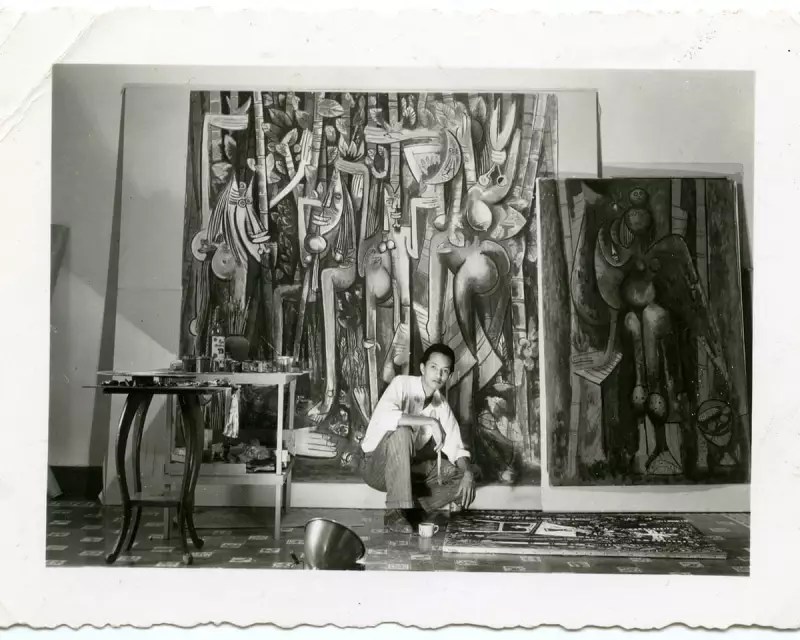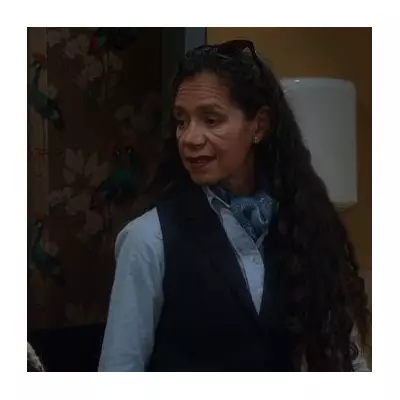
This autumn, New York's Museum of Modern Art unveils a landmark exhibition that promises to reshape our understanding of one of the 20th century's most visionary artists. Wifredo Lam: The Transatlantic Revolutionary brings together over 100 works that trace the Cuban master's extraordinary journey from Havana to Paris and back again.
The Artist Who Bridged Worlds
Born in 1902 to a Chinese father and Afro-Cuban mother, Lam developed a unique visual language that defied easy categorization. His work seamlessly blends European modernism with African and Caribbean spiritual traditions, creating what curators describe as "a visual manifesto against colonial oppression."
Masterpieces Reunited
The exhibition features Lam's iconic 1943 painting "The Jungle" (La Jungla), which shocked and fascinated the New York art world when MoMA first acquired it in 1945. This monumental work, showing hybrid figures emerging from sugarcane stalks, becomes the centrepiece of a comprehensive display that includes:
- Rare early drawings from his Madrid period
- Paintings from his transformative years with Picasso and the surrealists in Paris
- Never-before-exhibited sketchbooks from his return to Cuba during WWII
- Later works exploring spiritual themes and political commentary
A Revolutionary Vision
What makes this exhibition particularly timely is its focus on Lam as a political and cultural radical. Rather than simply adopting European avant-garde styles, Lam subverted them to challenge colonial perspectives and celebrate Afro-Cuban identity.
"Lam wasn't just painting figures," explains chief curator Dr. María Martínez. "He was creating a new visual vocabulary for the African diaspora—one that acknowledged the brutality of colonialism while asserting the power and beauty of hybrid cultures."
Why This Exhibition Matters Now
In an era of renewed conversations about cultural appropriation and decolonization, Lam's work feels remarkably contemporary. His ability to synthesize multiple traditions without erasing their distinct identities offers a powerful model for cultural exchange in our globalised world.
The exhibition runs from November 15th through March 1st, with timed tickets already in high demand among art enthusiasts and scholars alike. For those unable to visit in person, MoMA has produced a comprehensive digital catalogue featuring scholarly essays and high-resolution images of all exhibited works.





